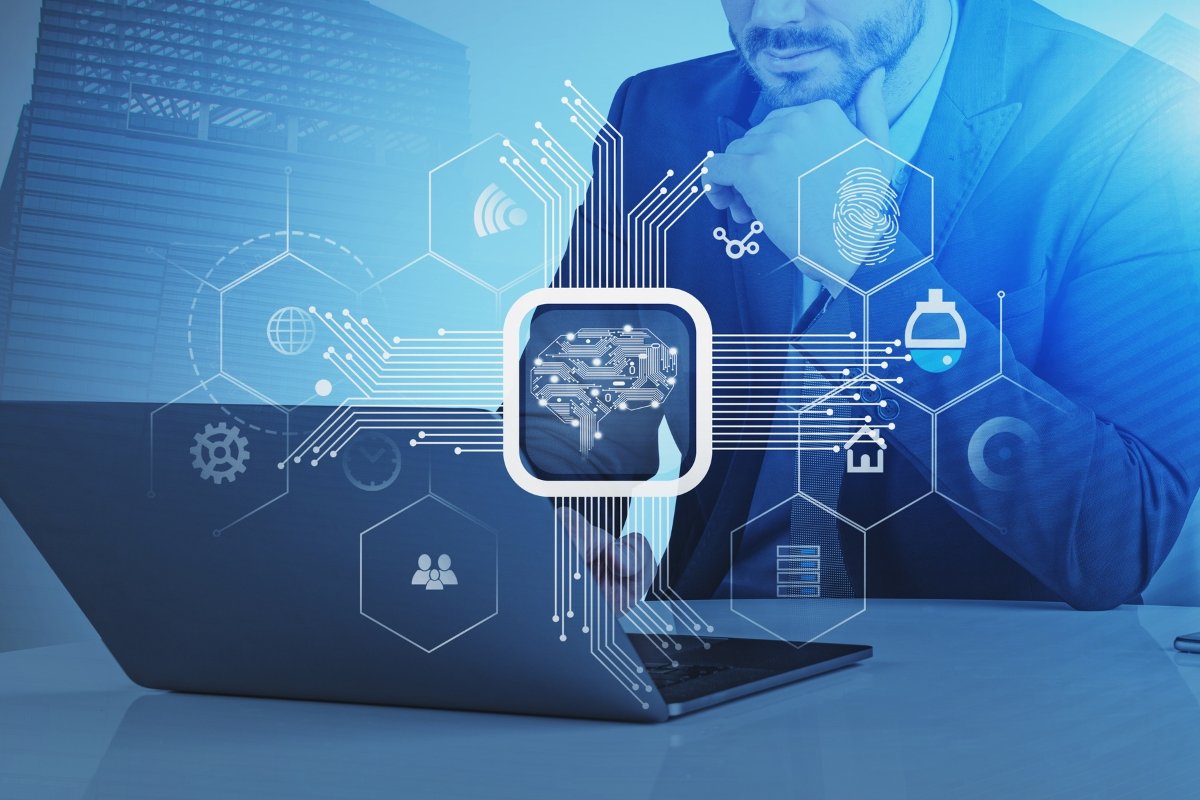Discover the concept of self-supervised learning and how it is transforming machine learning by generating labeled data from unlabeled datasets. Learn about its applications in NLP models like BERT and Word2Vec.
Table of Contents
Introduction to Machine Learning and Data Collection
In this blog, we will read now what SSL is, why it’s important, and how it’s revolutionizing the field of machine learning. But before we get to that, let’s take a look at the basics of supervised and unsupervised learning.
When it comes to machine learning (ML), one of the most challenging tasks is collecting and labeling training data. Without labeled data, it’s nearly impossible to train an effective model. But what if there was a way to generate labeled data from unlabeled datasets? This is where self-supervised learning comes into play.
Read More How Graph Neural Networks (GNNs) Are Revolutionizing Science and Technology in 2025
Understanding Supervised Learning
In supervised learning, we train a machine learning model using data that is already labeled. Let’s say you are working on a house price prediction problem. Your independent variables could be things like square footage, number of bedrooms, and other features of a house. The dependent variable, or the label, would be the price of the house.
For example, if you were to input the square footage and the number of bedrooms into the model, it should be able to predict the price of the house. The key here is that the price (the label) is already provided for each training example.
In the world of image classification, for instance, if you have images of cats and dogs, each image is labeled (cat or dog). These labels are essential for the model to learn and make predictions.
Exploring Unsupervised Learning
Unsupervised learning, on the other hand, works without labeled data. Here, the model tries to find patterns or groups within the data based on its features.
A good example of this is K-means clustering, where you might use features like age and income of people to group them into different clusters. There’s no need for predefined labels. The algorithm will categorize the data based on similarities, and this can be used for analysis or even predictive modeling.
The Challenge of Data Labeling
Now, imagine you want to create a sentence auto-completion model for a Natural Language Processing (NLP) task. This seems like a supervised learning problem because, essentially, you need labeled data to train your model. But how do you collect labeled data for this task?
Manually labeling such data can be a huge cost, and it’s simply impractical. This is where SSL comes into play.
What is Self-Supervised Learning?
SSL is a technique that allows a machine learning model to generate labels from unlabeled data, making it a powerful tool for training on vast amounts of data where manual labeling would be too expensive or time-consuming.
Let’s break this down with an example.
Imagine you are building a sentence auto-completion model. You have access to tons of text data (say, from Wikipedia or books), but this data isn’t labeled. What you can do is create a label by taking a sentence and removing some words. The model then tries to predict the missing words.
For example, take the sentence:
_”Elon Reeve Musk is an _____.”
Here, the model could fill in the blank with “entrepreneur.” The key is that you don’t need humans to label every example the task of predicting missing words serves as a form of self-supervised learning.
This technique not only saves time and cost but also helps in training powerful models, especially in NLP. Popular models like Word2Vec and BERT utilize this concept.
Applications of SSL in NLP
Models like Word2Vec and BERT have revolutionized NLP by learning from vast amounts of text data using SSL techniques. Both of these models rely on generating labeled pairs from unlabeled datasets, allowing them to predict words, complete sentences, and even understand context.
For example, in BERT (Bidirectional Encoder Representations from Transformers), a common self-supervised task is masking certain words in a sentence and having the model predict them. This helps the model build a deep understanding of language, making it capable of performing tasks like sentiment analysis, translation, and text summarization.
By training on these fake tasks, BERT and Word2Vec develop powerful word embeddings. Word embeddings are dense vector representations of words, where similar words are placed closer together in the vector space. These embeddings are useful for downstream tasks like text classification and question answering.
Read More Understanding Prior-Fitted Networks (PFNs) and Bayesian Inference in Deep Learning
The Benefits of SSL
- Reduced Annotation Costs: Traditional supervised learning requires expensive manual labeling, but self-supervised learning removes that step by generating labels automatically.
- Utilizing Unlabeled Data: There’s a vast amount of unlabeled data available (e.g., Wikipedia, books, articles). SSL helps us tap into this resource without the need for costly labeling efforts.
- Improved Model Performance: Models trained with self-supervised techniques, like BERT and Word2Vec, tend to perform exceptionally well on NLP tasks because they learn from large amounts of diverse text data.
FAQ
Q. What is the main difference between supervised and self-supervised learning?
Ans. In supervised learning, the model learns from labeled data, where both the input and corresponding output (label) are provided. In SSL, the model generates labels from unlabeled data by performing tasks like predicting missing words or completing sentences.
Q. Can SSL be used outside of NLP?
Ans. Yes, SSL techniques can be applied to other domains like computer vision. For example, a model might be trained to predict missing pixels in an image or recognize patterns in video frames.
Q. How do models like BERT use SSL?
Ans. BERT uses SSL by masking certain words in a sentence and training the model to predict those missing words. This helps the model understand context and semantics better.
Conclusion
Self-supervised learning is changing the game in machine learning, particularly in NLP. By generating labeled data from unlabeled data, it reduces the cost and effort required to collect training data while improving model performance. It’s a technique that powers some of the most successful machine learning models today, such as BERT and Word2Vec.
As machine learning continues to evolve, SSL will play an even bigger role in the development of smarter, more efficient AI systems.





Pingback: Comprehensive Guide to Text Classification in NLP 2025